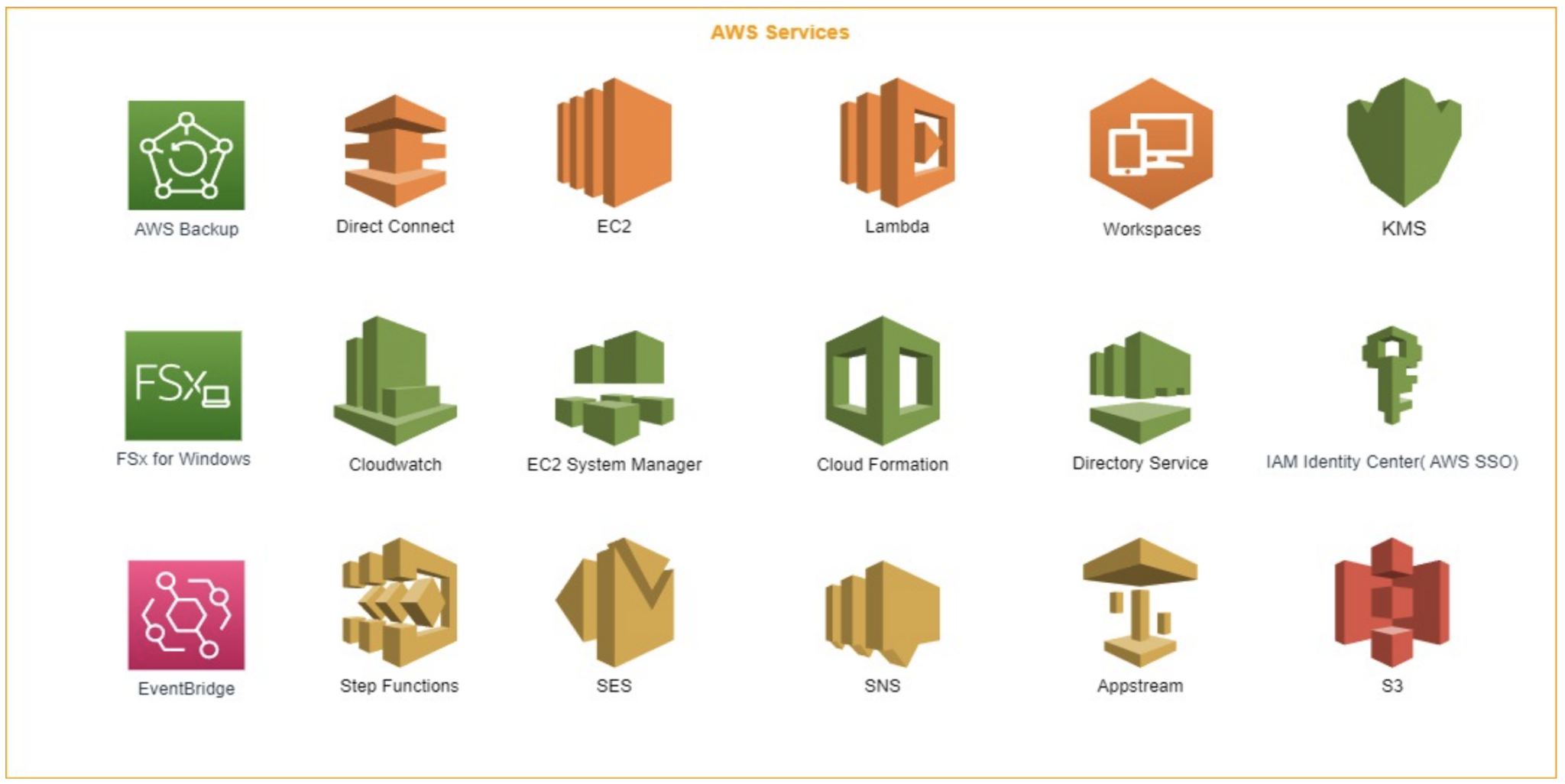Key Takeaways
Overview
Arrow Energy is an integrated coal seam gas (CSG) company that explores and develops gas fields, produces and sells CSG and generates electricity. Arrow Energy has been safely and sustainably developing CSG since 2000 and supplying it commercially from the Bowen Basin (central Queensland) since 2004 and from the Surat Basin (southern Queensland) since 2006. It currently produces the equivalent of 25 percent of Queensland’s annual gas demand, and provides gas for industrial users and electricity generation. Arrow is working to increase its gas supply to meet the demand for cleaner burning fuels, with a vision to be Australia’s most competitive and innovative onshore gas company. Arrow is a standalone company, owned by a joint venture (50/50) between Shell and PetroChina.
It currently produces the equivalent of 25 per cent of Queensland’s annual gas demand, and provides gas for industrial users and electricity generation. Arrow is working to increase its gas supply to meet the demand for cleaner burning fuels, with a vision to be Australia’s most competitive and innovative onshore gas company. Arrow is a standalone company, owned by a joint venture (50/50) between Shell and PetroChina.
Background
Geographic Information Systems (GIS) running on Microsoft SQL Server is a critical and integral capability within Arrow Energy, facilitating efficient and smart design, construction, operations and decision making.
Arrow’s geographically dispersed footprint, diversity and complexity of data requires spatial precision and spatial intelligence in Arrow’s asset development, from the design, access, build, operation and through to the maintenance phases of the assets. Certainty of location and credibility of readily accessible data to manage risk is essential.
The Challenge
Arrow Energy utilises the ESRI’s ArcGIS Enterprise application suite to support its geospatial and analytics requirements.
The current ArcGIS Enterprise application deployment utilises an on-premises model that is managed by Arrow Energy. The ArcGIS Enterprise suite sits on end of life hardware and software that is no longer supported. The environment experiences performance issues and the ability to scale is limited . The database is no longer optimal for ArcGIS due to hardware limitations.
Due to these legacy application suites and operating system versions, support is no longer able to be maintained by the application and operating system vendors. This poses a significant risk to the delivery of GIS services.
The Solution
CMD Solutions proposed to build the new ArcGIS Enterprise suite of servers running on Microsoft that aligned with Arrow Cloud Strategy and AWS’s best practices. The new ArcGIS Enterprise suite is hosted within Arrow Energy’s existing AWS Environment and compute infrastructure.
The Arrow solution was divided in three phases:
The first phase was to implement a Cloud optimisation as infrastructure as code to bring automation on many activities such EC2 Templates, Infrastructure lambda to allow schedule
shutdown and startup, Cloudwatch alarms, patch manager, with AWS Backup configured.
The second phase was to deploy infrastructure to support ESRI’s GIS platform and the underlying SQL database. This was built on new EC2 3th Gen R6i instances to improve the database performance and migrate the database.
The third phase consisted of deploying the ArcGIS Enterprise Portal and AppStream G4dn instances with ArcMap and ArcGIS Pro replacing HPC (High-Performance Computing) blades and eliminating the need for high upfront costs.
AWS Technologies Used

The Results
Arrow are early in their journey to Cloud and the skill sets required from CMD were critical to ensure a successful business outcome. The benefit achieved were:
- Upgrade ESRI’s ArcGIS software suite, including ArcGIS Pro, ArcMap, ArcGIS Portal.
- A more cost efficient SQL Server environment through decommissioning databases that were no longer supported.
- An increase in performance based on higher grade EC2 instances
- Good team and stakeholder engagement.
- Successfully achieved the project goals and as a result the GIS solution was tested and migrated to Arrow’s production environment.
